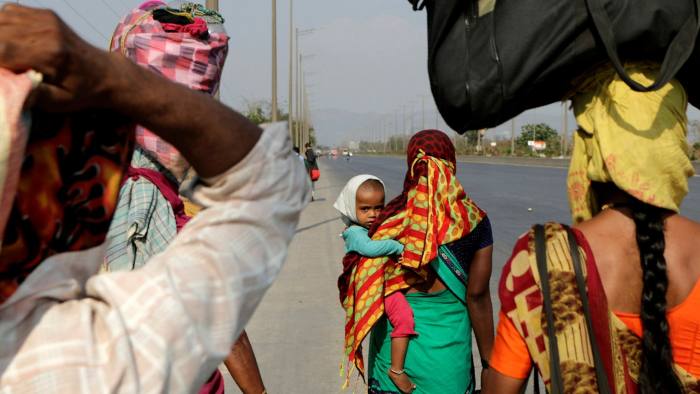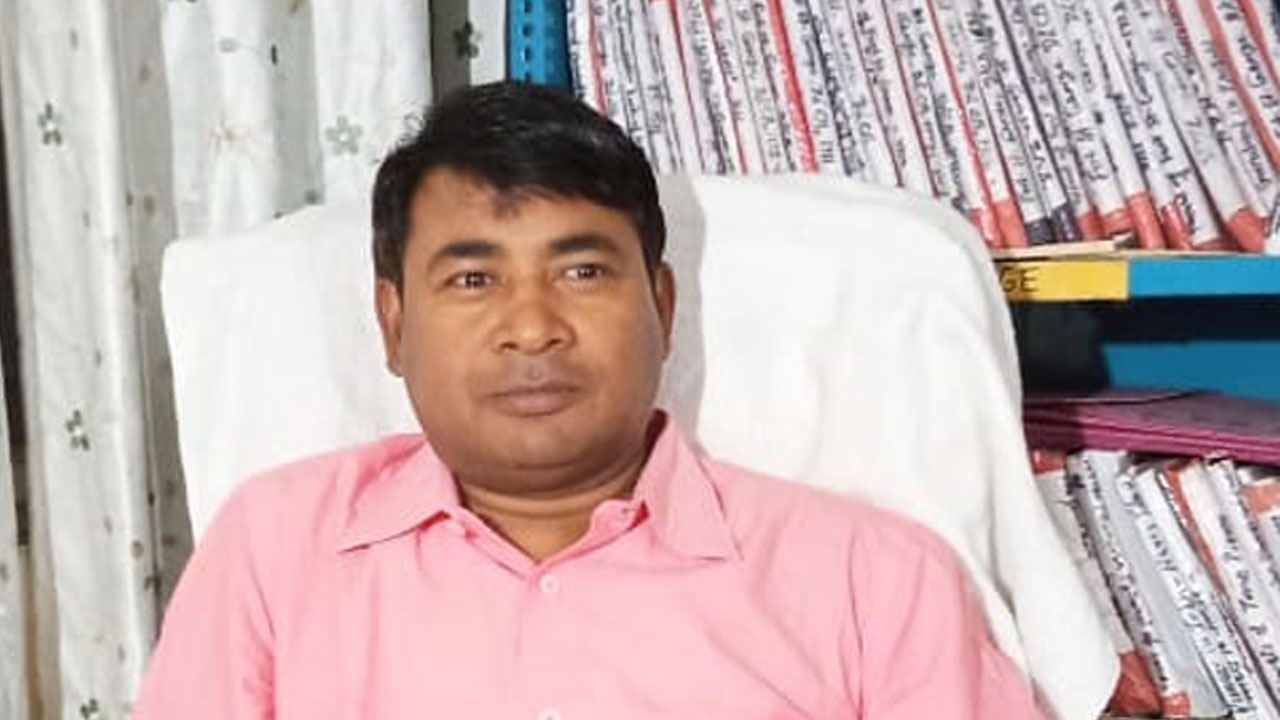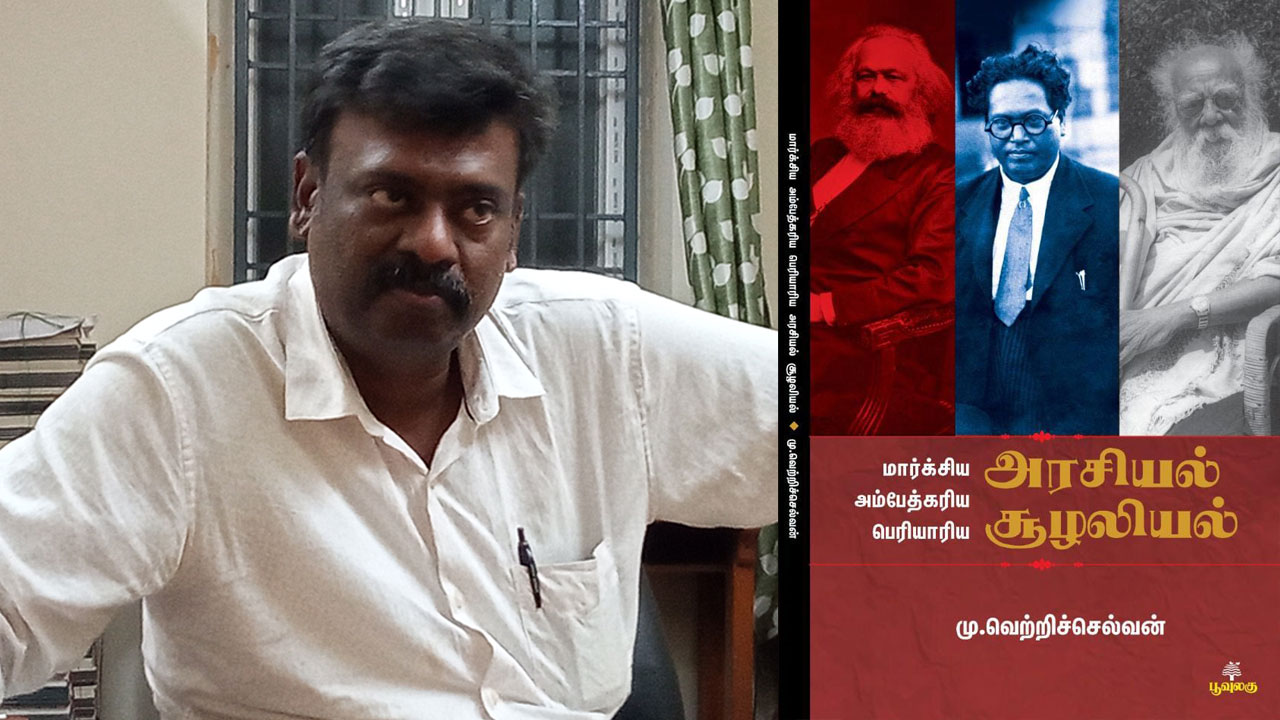The desperate homeward exodus of the migrant labourers from Bihar has busted many a myth about migration and development. Most of the migrants come from the Scheduled Castes (SC) and the Other Backward Castes (OBC) and so do a majority of those who die of Japanese Encephalitis. You may argue that it is so because they have the biggest share in the state’s population. But then, given their numerical strength, they should have had the greatest access to the fruits of development and the biggest share in the economy and prosperity. But their great numbers seem to have only translated into great misery for them.
Clearly, the social structure does not afford any advantage to them because of their numbers. The dominant castes in Bihar happen to be the ones which do not have demographic dominance. You may find Brahmin, Rajput, Bhumihar and Kshatriya and to a lesser extent, Kurmi, Yadav and Kushwaha – the forwards among the backwards – painted on registration plates and elsewhere on vehicles, but not Dhanuk, Teli, Sudhi, Halwai, Kanu or Kahar. As for Dhobhi, Nai or Mushar, it is simply out of the question.
Epidemic and reverse migration – this time around, a result of the lockdown imposed to contain the coronavirus – is not unfamiliar territory for Bihar. Epidemics have ravaged the state in the past, too. The medical infrastructure of the state is hardly equal to taming contagions like coronavirus. A state which could not appoint enough teachers for its schools can hardly be expected to have an adequate number of doctors and nurses. Major hospitals like Patna Medical College Hospital (PMCH), Nalanda Medical College Hospital (NMCH) and Darbhanga Medical College Hospital (DMCH) are short on human and material resources even in normal times. The Patna High Court has made acerbic comments on the state of these government health facilities on numerous occasions.

Bihar Mein Samajik Parivartan Ke Kuch Aayaam (2001, Vani Prakashan), a book by Prasanna Kumar Chaudhary and Shrikant, traces the history of epidemics in the state. It says, “Plague killed around four hundred thousand people between 1911 and 1920. Earlier, in 1909-10, malaria invaded almost all the districts. Cholera spread its tentacles in Muzaffarpur. In Patna, Shahabad, Saran, Hazipur and Munger, plague assumed epidemic proportions. The death toll in Saran was 20,467 and in Munger, 4,299. In 1918, [Spanish] influenza devoured six hundred thousand lives in a period of less than six months. The triennial average death rate per 1000 population rose from 29.5 in 1912-14 to 33.4 in 1915-17 to 42.5 in 1918-20. Excluding natural deaths and deaths due to other diseases, only plague and [Spanish] influenza killed a million people between 1911 and 1920, which was around 2.5 per cent of the total population of Bihar and Orissa.”
Presently, most government hospitals are being run with only 30 per cent of the sanctioned strength of doctors, nurses and paramedics. Musclemen have encroached upon the land of almost all medical colleges. In January 2020, while hearing a case, Justice Anil Kumar Upadhayaya of the Patna High Court commented that absolutely no one seems to be bothered about the medical facilities for the poor.
There are problems galore in the state. The government has so far failed to ban private practice by government doctors. That has led to the sprouting of corporate hospitals in major cities, which are out of the reach of the common man. But even their professional standards are nothing to write home about. Shyam Rajak, a heavyweight member of the state cabinet, sustained burns on his back while undergoing treatment at Patna’s Paras Hospital. That was about one and half years ago. Rajak was not a minister at the time. Imagine the situation in the rural areas. Primary Health Centres exist but doctors hardly visit them. After all, they have a responsibility towards the patients who throng their private clinics! Clearly, a blanket ban on private practice by government doctors is a prerequisite for improving the public health system.
Migration is a function of caste in the state. In the olden times, the upper-caste Hindu landlords and their rich tenants made sure that lower castes did not acquire education. You had to be upper-caste to dream of becoming a doctor, engineer, professor, lawyer or even a teacher or a journalist. The situation has not substantially changed since then. Even today, most of the doctors, engineers, etc are from the top or near the top of the caste pyramid. Among the OBCs, only Yadavs, Kurmis and Kushwahas have managed to grow and prosper. As for the Muslims, the Ashrafs are somewhat better off than earlier. For years, the OBCs and the SCs have been migrating to Bengal, Maharashtra, Punjab and other states for work. Moneylenders have bled the labourers and the poor white. They have lost their lands and even if they are willing to work the lands of others, they have to sit idle for almost six months in a year. No wonder, they move to other states, leaving their women behind to do small jobs in the villages.
In 2013, when I was a reporter for a TV channel, a woman approached me. Her husband was working in some other state while she used to toil in a brick kiln. One day, the owner and his son took turns in raping her. She went to the police station and lodged a complaint. But her petticoat, which could have provided forensic evidence against the rapists, was replaced with another. Such, and worse, is the fate of the families of the migrant labourers. The sociologists and the economists who view migration in a positive light have a jaundiced, savarna-centric mindset. Bihar is a state which has seen a struggle over the right to wear the sacred thread. It began in 1899 from Hathitola in Maner and continued till 1925 (Lakhochak). But it was only the Yadavs and the Kurmis who took on the savarnas. Along with the Kushwahas, they were behind the rise of the Triveni Sangh in 1930. Other OBC castes had no option but to migrate in search of livelihood.
Bihar has been witness to massive land-grabbing by the rural musclemen and feudal elements during epidemics and famines. The migrants fear that the coronavirus epidemic may trigger another round of land-grabbing. Of course, they are worried about their health, too. That is why they are returning to their homes in droves. The massive migration from Bihar has led to a situation that few able-bodied men are left in the villages. The migrants know that if they happen to die away from their homes, both their women and their land would slip into the hands of others. The poor are aware how unscrupulous and scheming the rural land mafia is. On the famine of 1770, Chaudhary and Shrikant write, “During the famine, a large number of residents of Bhagalpur, Kahalgaon and Rajmahal areas escaped to the hills to save their lives. They somehow survived there on makai [maize], bora [maize porridge] etc. When they returned to their villages after about a year, they found that the villagers were not ready to accept them … the dominant residents had already persuaded the others to ostracize them, quoting the inflexible norms of the barbaric caste system and had usurped their lands and properties.”
The OBC and SC migrant labourers are apprehensive that the coronavirus may devour their meagre lands, too. But even after the coronavirus threat subsides, things would not be smooth for them. They can hardly hope to get employment in the villages given the fact that the National Rural Employment Guarantee Scheme is not on the priority list of the governments at the Centre and the state.
The state government should ensure that after their return to their villages, the migrant labourers do not fall into the trap of rapacious moneylenders. This is the least the government should do to prove its “socialist” credentials. Otherwise, there would be hardly anything to distinguish it from the British dispensation.
(Translation: Amrish Herdenia; copy-editing: Anil)





